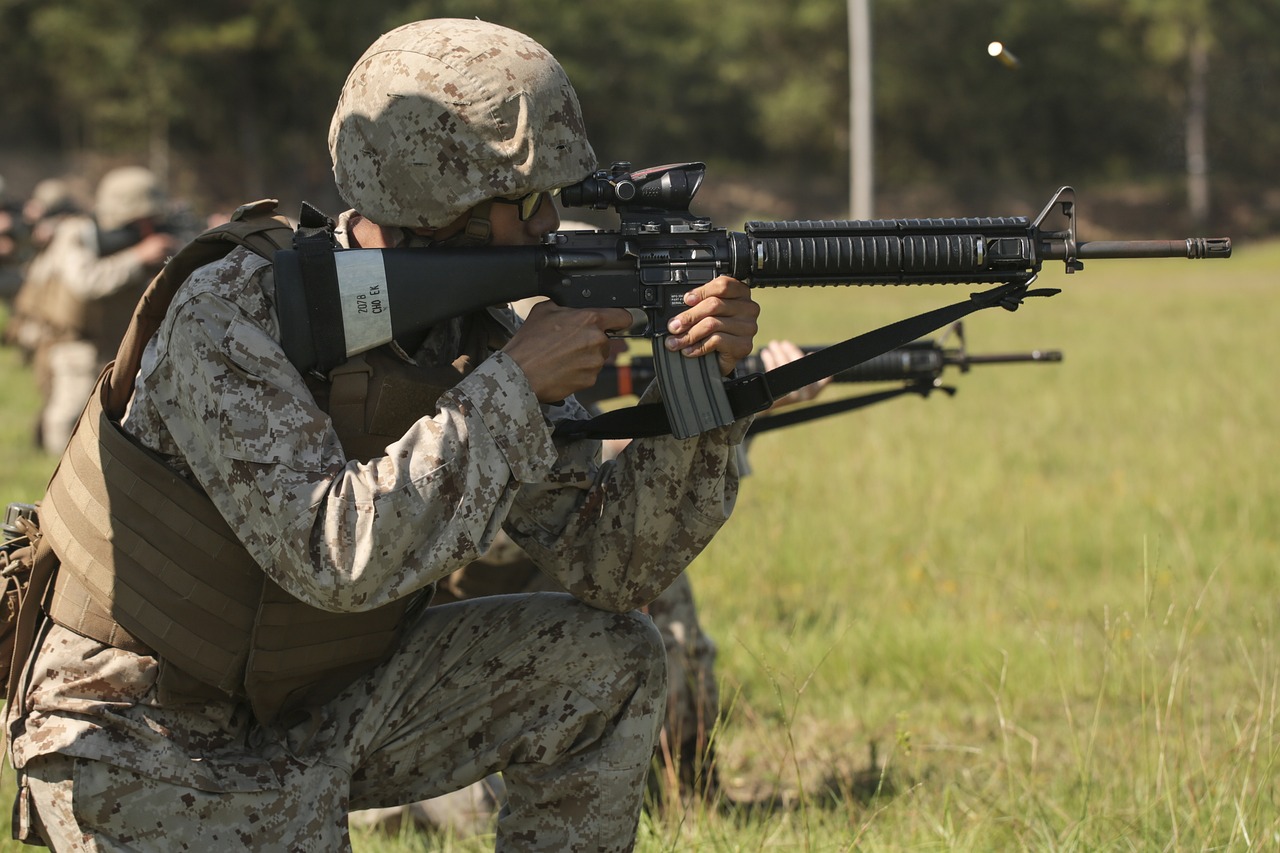Proposed Findings of Fact, Legal Stuff
The Heller opinion clearly stated that the right to keep and bear arms was an individual right. That was the holding.
To get to that decision, the Supreme Court did their standard analysis. First, is the plain text of the Constitution implicated by the proposed conduct? Second, what is this nation’s historical tradition of regulation in this area?
Can I call a politician stupid? The congress might create a bill that makes it illegal to make ad hominem attacks on politicians. The president could sign that bill into law. I could then be arrested for violating that law.
That doesn’t mean that the law is constitutional. Regardless of what the congress might have said while contemplating the bill, claiming that “hate speech isn’t free speech”. The law must be evaluated in light of those two questions, is the plain text implicated and what is the history of regulation regarding speech.
Looking at the constitution, before the Bill of Rights, there is nothing in the enumerated powers granted to the State that authorizes them to limit speech. Thus, the law is unconstitutional. The state would argue that “promote the general welfare” authorizes them to make the law.
We can go a step further, we can look at the amendments.
—The Bill of Rights: A Transcription, National Archives, (last visited Oct. 23, 2024)
Here we have a more clearly defined restriction on the authority of the state, Congress shall make no law … abridging the freedom of speech, or of the press
. The conduct at hand, making speech, implicates the plain text of the First Amendment. It then becomes the state’s burden to prove a historical tradition of regulating speech.
The state cannot find historical regulations restricting speech because it is mean; therefore, the law is unconstitutional.
The Supreme Court used the same methodology when deciding Heller. They first looked to see if the plain text was implicated. That required them to analyze the language of the Second Amendment.
Knowing the games that the circuit courts had been playing, they defined almost all the words. They used dictionaries from the time. They used dictionaries from multiple sources. Plus, they compared the words as used at the time.
This was part of dicta. Some inferior courts understand dicta and follow the guidance of the Supreme Court. Others do their best to twist the words. Often the inferior courts are more interested in what the Supreme Court didn’t say than in what they did say. Frequently, the inferior courts will say something like, “The Supreme Court didn’t say that 2+2=4, they said that 2+3=5. Since they didn’t tell us what 2+2 equals, we will just have to do our best.” Then proceed to hide a divide by zero to get an answer that says that 2+2=3.1415, getting pi in the face later when their opinion is vacated.
After establishing that the plain text covered the proposed conduct, the Supreme Court moves to the next stage, looking at this nation’s historical tradition of firearms regulation. In that historical analysis, they found that there were no laws that were analogous to a weapon ban, unless the weapon was both dangerous and unusual.
The Case at Hand
Barnett v. Raoul is a challenge to the PICA passed in Illinois. The People originally sought a preliminary injunction. They got it from Judge McGlynn. The state then appealed to the Seventh Circuit court. There, the administrative panel consolidated the case with other challenges to PICA. They stayed the preliminary injunction, allowing the law to stay in effect. They denied the requests for a preliminary injunction from the other parties and put the case to the merits panel.
This was not unexpected. The Admin panel had both Judge Easterbrook and Judge Woods on it. Both are statist and have often ruled against The People. Judge Easterbrook is most famous for having been overturned in McDonald v. Chicago.
Amazingly, the Merits panel had the same three judge panel as the original administrative panel. The circuit court heard the case quickly. They were under scrutiny by the Supreme Court.
The Supreme Court had denied cert in a different case, with Justice Thomas writing that if the case was delayed for the plaintiffs (good guys) to petition for rite of cert. again.
Having heard the case, the merits panel sat on their opinion. The Second and Fourth were sitting on their opinions as well. Most of the Second Amendment cases were locked in, waiting for the Circuit Courts to issue an opinion.
The Seventh Circuit was the first to issue their opinion. First, they found that they were not guilty of the two-step shuffle. That they had always been faithfully applying text and history. Because they were using text and history before Bruen, their earlier work was still good case law.
That case law found that the plaintiffs had not proved that “assault weapons” were arms under the plain text of the Second Amendment.
They remanded the cases back to continue the process.
Judge McGlynn did not allow any delay tactics. His case was argued on September 16th, 17th, 18th and 19th of 2024.
It is now time for the Court to analyze the briefings and testimony to determine the facts of the case and to reach conclusions of law.
Both parties will submit their proposed findings of fact and conclusions of law. This is what they want the court to find/agree with.
On October 21st, the state of Illinois submitted their brief. There are 3585 pages, 58 exhibits, 2 attachments and an appendix.
Some facts are just that facts. They are easy to verify and check the veracity of. Others are opinions stated as facts.
The state says that PICA was enacted after July 4th. This is true and a fact. They identify that particular July 4th as the 4th of July when an asshole shot and killed 7 people.
It is not relevant to the Constitution that the shooting took place. Nor that the bill was enacted before or after that date. But it is a fact.
The state also wants the court to agree that the shooter used an AR-15 rifle and a 30 round magazine to kill 7 and would 48 people that July. Again, a fact but not relevant. The state then repeats that PICA was enacted after July 4th.
A more important date was the date when Bruen issued.
Here is an example of an opinion, dressed up like a fact.
Is the AR-15 a semiautomatic version of a firearm specifically designed for the military? Yes and no.
The AR-10 was a select fire weapon that Armalite designed for military sales. The AR-15 was a redesign, also for the military, using the lighter 5.56×45 cartridge. The original AR-15 was field tested in Vietnam, as the AR-15. The design was adopted and standardized as the M-16.
A new product was developed by Colt for the civilian market. It used the same name, AR-15. The differences were to make it capable of semi-automatic fire only. The simplest modification was the removal of the select fire control group and not drilling the hole for the auto-sear.
The early AR-15 SP1s out of Colt were M-16s without an auto-sear and with the hole for the auto-sear missing.
What is the state’s goal?
The state wants the district court to find that the weapons and magazines banned by PICA are not arms, as defined by the Seventh Circuit court.
To accomplish this, they need to have the court find that AR-15s and the ilk are really modifications of the M-16/M-4 platform.
The real trick in this that it is the plaintiff’s burden to prove that something is an arm protected by the plain text. The state does not carry that burden.
This is the difference between presumed innocent and presumed guilty.
Regardless of anything that happens in Judge McGlynn’s court, PICA will stay in effect for the foreseeable future.
It is likely that Judge McGlynn will issue his opinion with a short administrative stay to allow the state to appeal.
The Seventh Circuit administrative panel will issue a stay pending the merit panel issuing their opinion.
If the merit panel finds for the plaintiffs, the state will seek a rehearing en bloc. This will take time.
If the merit panel finds for the state, I hope the plaintiffs file a petition for certiorari with the Supreme Court.
It is likely that the Seventh Circuit will actually hold the case until the Snope case is decided by the Supreme Court.
Regardless, cases are starting to move again.









